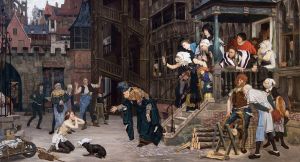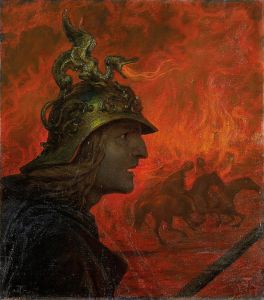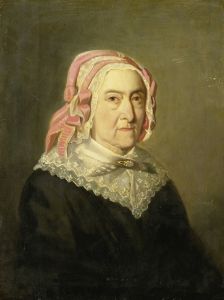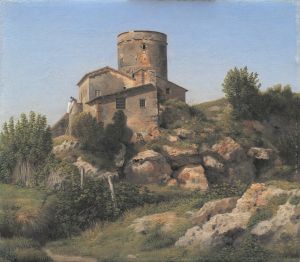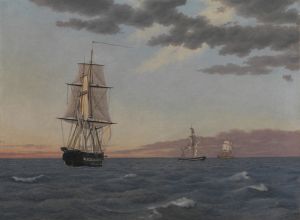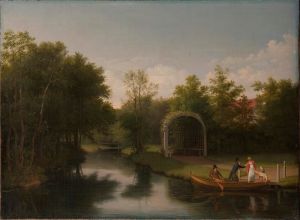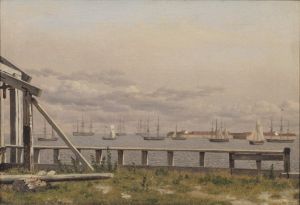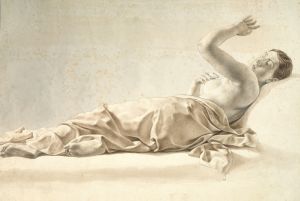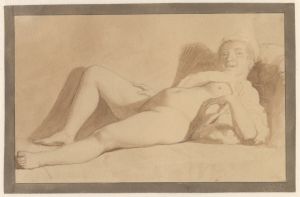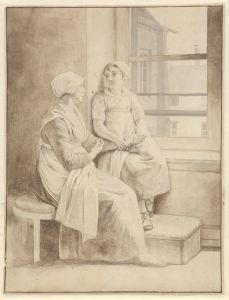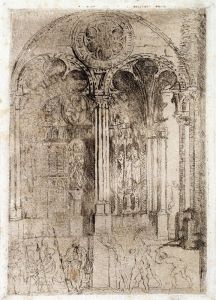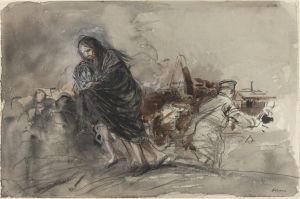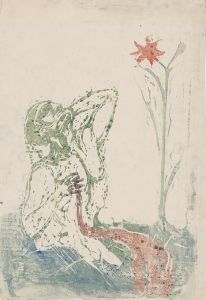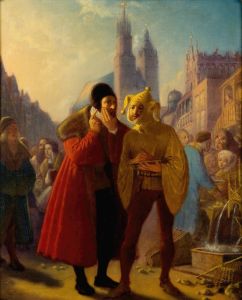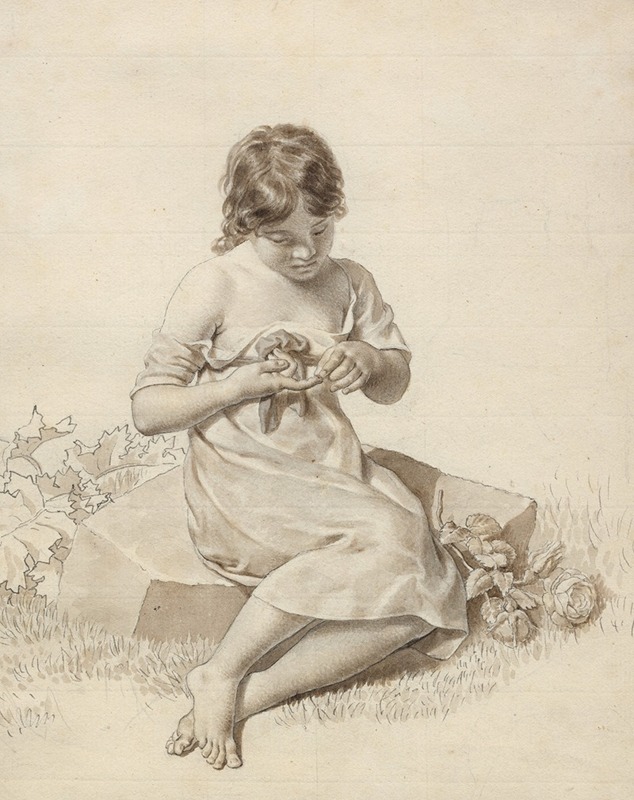
En lille pige, der har stukket sin finger på en rosentorn
A hand-painted replica of Christoffer Wilhelm Eckersberg’s masterpiece En lille pige, der har stukket sin finger på en rosentorn, meticulously crafted by professional artists to capture the true essence of the original. Each piece is created with museum-quality canvas and rare mineral pigments, carefully painted by experienced artists with delicate brushstrokes and rich, layered colors to perfectly recreate the texture of the original artwork. Unlike machine-printed reproductions, this hand-painted version brings the painting to life, infused with the artist’s emotions and skill in every stroke. Whether for personal collection or home decoration, it instantly elevates the artistic atmosphere of any space.
"En lille pige, der har stukket sin finger på en rosentorn" is a painting by the Danish artist Christoffer Wilhelm Eckersberg, who is often referred to as the father of Danish painting. Eckersberg was a central figure in the Danish Golden Age of painting, a period that spanned the first half of the 19th century and was characterized by a focus on realism, attention to detail, and a celebration of everyday life.
This particular painting, whose title translates to "A Little Girl Who Has Pricked Her Finger on a Rose Thorn," captures a moment of innocence and childhood curiosity. The work depicts a young girl who appears to have injured herself while interacting with a rose, a common symbol of beauty and fragility. The painting is notable for its detailed portrayal of the girl's expression and the delicate rendering of the rose, showcasing Eckersberg's skill in capturing both human emotion and the intricacies of nature.
Eckersberg was known for his meticulous approach to painting, often employing precise lines and a clear, bright palette. His training at the Royal Danish Academy of Fine Arts and his studies in Paris and Rome heavily influenced his style. In Rome, he was particularly inspired by the works of the Old Masters, which is evident in his careful composition and use of light.
The painting reflects Eckersberg's interest in everyday scenes and his ability to find beauty in simple moments. This focus on the ordinary was a hallmark of the Danish Golden Age, during which artists sought to depict the world around them with honesty and clarity. Eckersberg's work often featured domestic scenes, portraits, and landscapes, all rendered with a keen eye for detail and a deep appreciation for the subject matter.
"En lille pige, der har stukket sin finger på en rosentorn" is a fine example of Eckersberg's ability to convey emotion through subtle gestures and expressions. The girl's face, with its mix of surprise and pain, invites the viewer to empathize with her experience. The painting also highlights Eckersberg's skill in rendering textures, from the softness of the girl's clothing to the delicate petals of the rose.
While specific details about the painting's creation, such as its exact date or the identity of the model, are not widely documented, it remains an important part of Eckersberg's oeuvre. The painting is representative of his broader body of work, which has had a lasting impact on Danish art and continues to be celebrated for its contribution to the cultural heritage of Denmark.
Eckersberg's influence extended beyond his own paintings; he was also a respected teacher at the Royal Danish Academy of Fine Arts, where he mentored a generation of artists who would carry forward the principles of the Danish Golden Age. His emphasis on observation and technical skill helped shape the direction of Danish art for years to come.
In summary, "En lille pige, der har stukket sin finger på en rosentorn" is a testament to Christoffer Wilhelm Eckersberg's mastery of capturing the nuances of human emotion and the beauty of everyday life. Through this painting, viewers are offered a glimpse into the world of the Danish Golden Age, where art served as a mirror to the simple yet profound experiences of daily existence.





